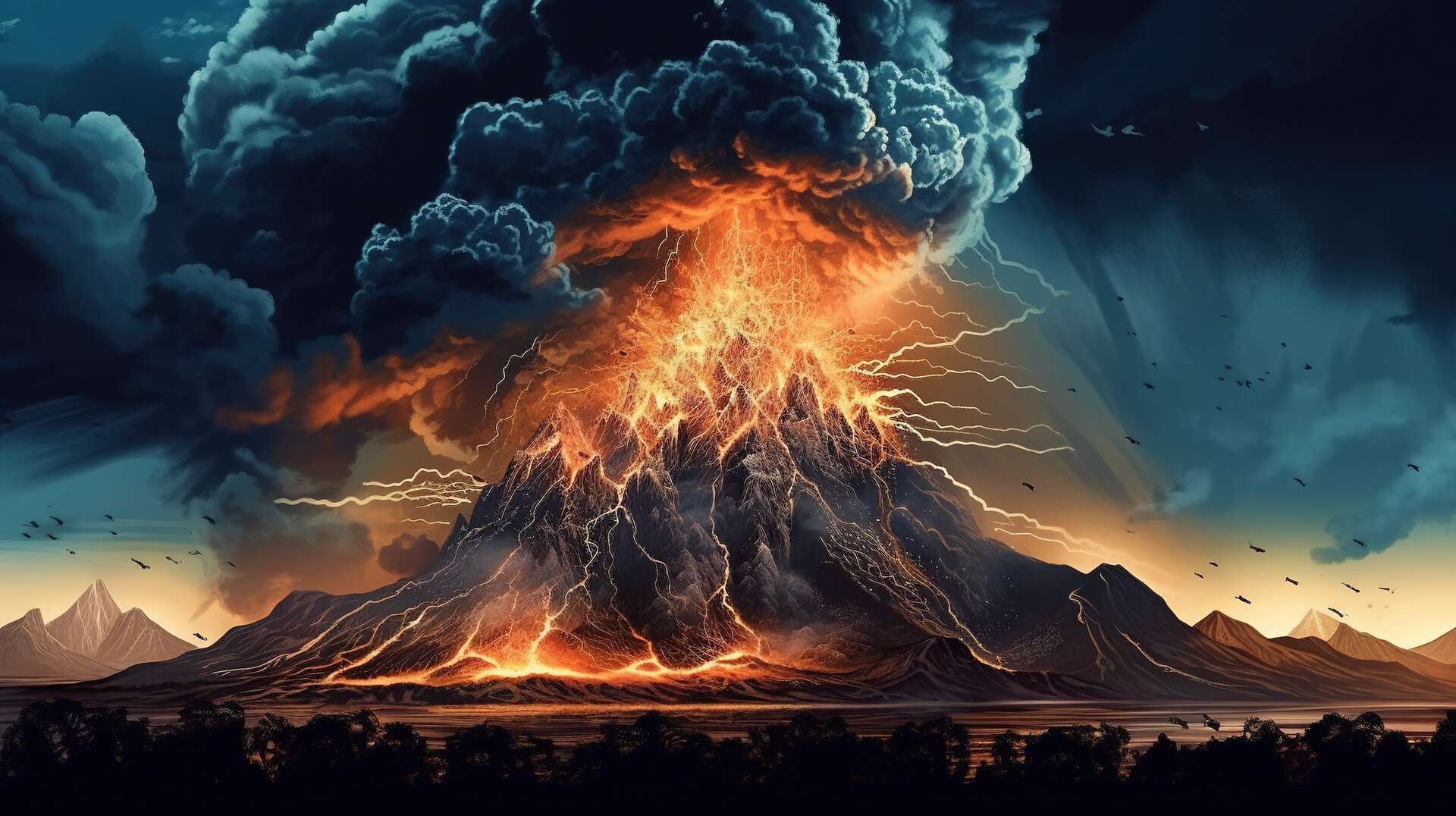In the large family of volcanoes there are active, dormant and those that have not shown any signs of activity for 10,000 years. The latter are considered extinct and therefore risk-free. A new study shows that certain volcanoes are still capable of waking up after very long periods of sleep and that we should not underestimate the danger they pose…
This will also interest you
[EN VIDÉO] Geology of volcanic systems – an invitation to travel Interviews from 2009 with Georges Boudon, physicist at IPGP, and members of the team…
Whether they belong to the distant past or more recent history, volcanoes shape our landscapes and sometimes even go unnoticed. Because if the still sharp silhouettes of the volcanoes in the Puys chain remain clearly visible, this does not necessarily apply to other volcanoes that have been inactive for tens or even hundreds of thousands of years.
The wooded slopes or covered with cultivated fields and the ancient crater, which now houses a lake very busy in summer, should not make us forget the turbulent past of the place. While many of these ancient volcanoes have finally died out and no longer pose a threat, others simply appear to have fallen into a long sleep. And their awakening can be relatively abrupt and violent. This is according to a new study published in the journal Contributions to Mineralogy and Petrology.
Volcano extinct or just sunk into a long sleep?
A team of researchers was actually interested in the Ciomadul volcano, which is located in central-eastern Romania in the Carpathian region. The eruption history of this volcano begins about 1 million years ago. However, the majority of the building was probably built between 650,000 and 500,000 years ago. The last eruption occurred around 30,000 years ago, making this volcano officially extinct. We assume that a volcano is no longer active if its last eruption was more than 10,000 years ago. But do we really have the perspective necessary to claim that these “old” volcanoes no longer pose a threat? The case of Ciomadul is the typical example that shows that things are not as simple as we would like.
In fact, certain signs suggest that the Ciomadul is not completely extinct, but has just sunk into a deep sleep. Hot springs, gas emissions and a high geothermal gradient raise questions about the actual state of the volcano. It is now also considered “potentially active”. If you look at his past activities, you'll see that you should be wary of this heavy sleeper.
Long periods of sleep and sudden awakenings
Indeed, Ciomadul's activity appears to be characterized by numerous relatively long periods of sleep. Pauses that last from tens of thousands of years to over 100,000 years! But each time the volcano actually woke up. 56,000 years ago, after a dormant period of more than 30,000 years, a violent explosive eruption occurred. Scientists have tried to understand the causes of this particularly violent increase in activity.
The analysis of the chemical composition of the volcanic rocks formed during this period of explosive activity, which lasted 26,000 years, made it possible to determine the architecture of the magmatic reservoir of this volcano and to understand the processes that led to this type of eruption after such a long pause. The results show that this explosive behavior would be associated with a sudden replenishment of “fresh” hot, hydrous magma from deep depths. Ciomadul could therefore have been reactivated very quickly, in a few weeks or months.
This study shows the importance of paying attention to currently dormant volcanoes, including those that last erupted more than 10,000 years ago.

